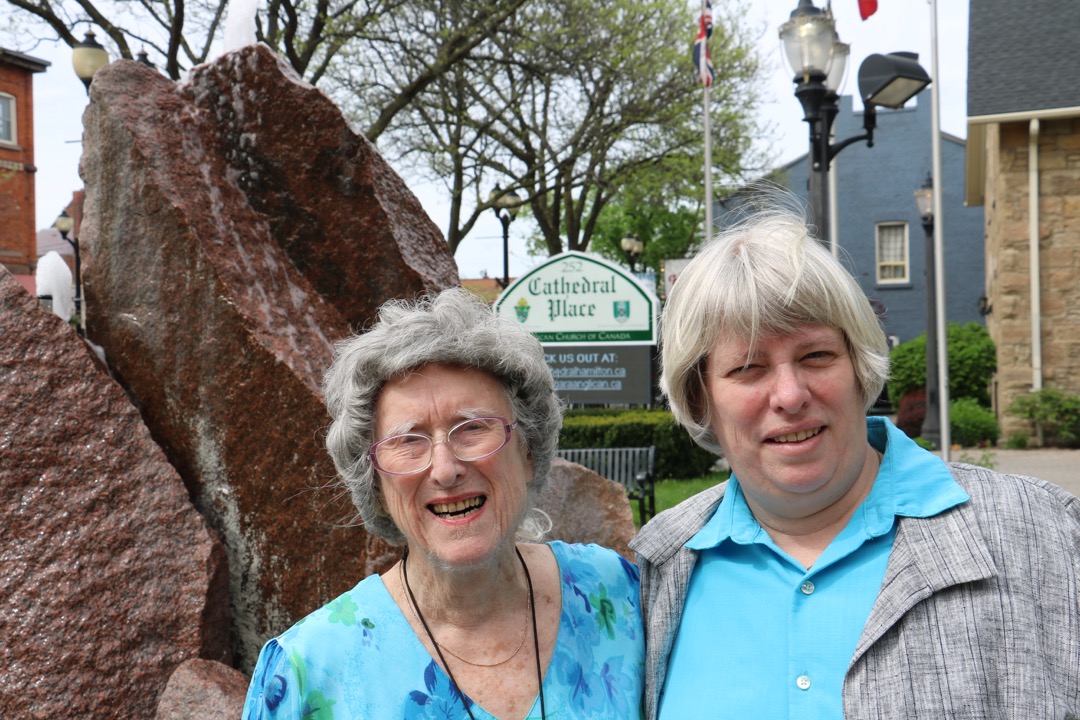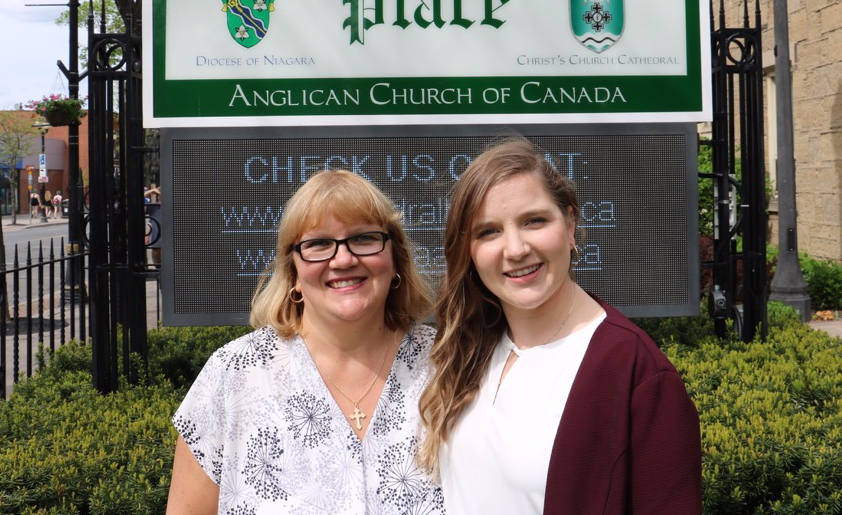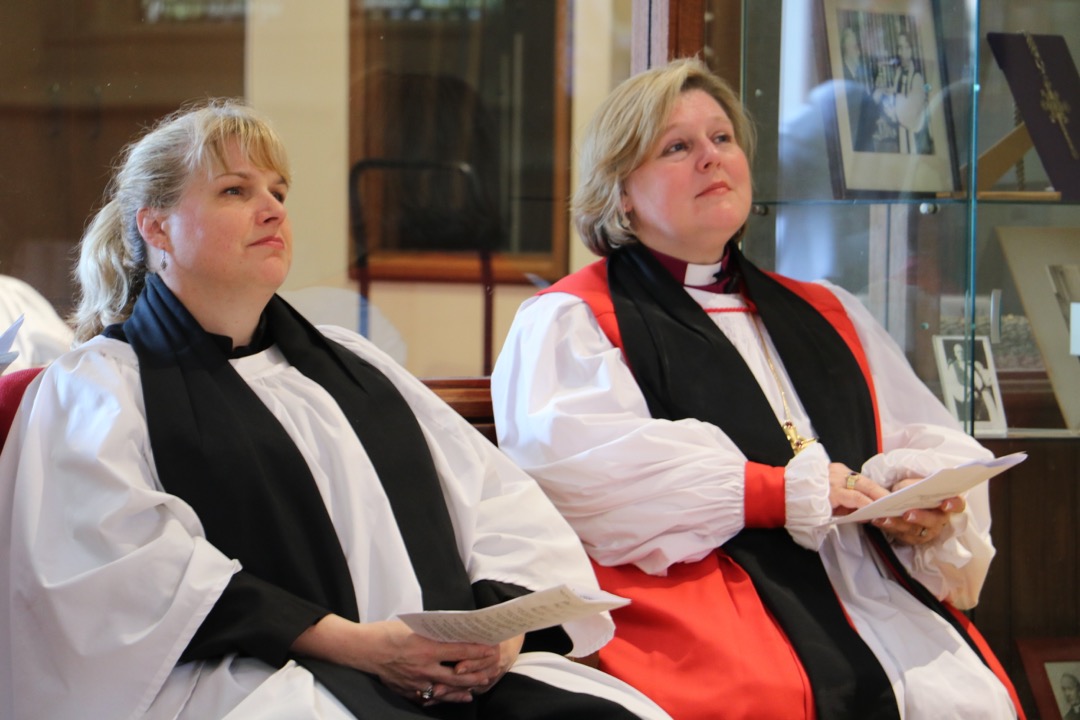Sheila Van Zandwyk
Editor’s note: This is an edited version of the sermon preached by the Reverend Sheila Van Zandwyk during the Choral Evensong and Diocesan Celebration of the Installation of Canons and a Licensed Lay Worker on May 26, 2019 in Christ’s Church Cathedral Hamilton.
In today’s gospel (Matthew 13:24-34a) Jesus told parables, a device he often used in preaching.
I find parables intriguing. When studying them I often look at other peoples’ commentaries and interpretations.
Today’s parable is about wheat and weeds. A farmer sowed wheat and while asleep the enemy sowed weeds in the field as well … the plants grew together.
This parable illustrates that both good and evil people exist, and in the final judgement God will separate them — one to their doom and one to their reward.
It is a reality we can understand; there are good and bad people in our world and God promised there will be a final judgement. We could conclude that this is a parable describing the end.
I love where God allows the wheat and weeds to grow together; the weeds can grow in order not to harm the wheat. It helps us understand why God allows evil to flourish. It ensures that good people or believers are not destroyed by the early removal of evil, but God’s option is allowing them both to grow and separate them when mature.
Other theologians see this parable as being about the good and evil which resides in each person, since we entertain both thoughts and intentions in our hearts.
As Christians we are called to “stay awake” and not allow evil thoughts to overcome good thoughts. Sleeping is the metaphor for being unaware that evil is creeping in and sowing seeds of discontent in our thoughts. It is an individual struggle in this life, but at the final judgement we are washed clean of our sins and able to stand before God without a blemish.
This parable was used to preach tolerance in the church. It is not our role or purpose to judge between false and true believers or even between believers and non-believers. Only God is to judge. St. Augustine preached not only about tolerance between Christians and non-Christians but even within the church itself, saying, “I tell you of a truth, my beloved, even in these high seats (the clergy) there is both wheat, and tares (or weeds), and among the laity there is wheat, and tares. Let the good tolerate the bad; let the bad change themselves and imitate the good.”
So, which interpretation is right or what exactly did Jesus mean?
Well, the beauty of parables and one reason why I believe Jesus used them so often is that all interpretations are valid.

Parables are like kaleidoscopes, wonderful cylinders to look through where every turn creates a new beautiful pattern. There is no “right” pattern or colour combination in a kaleidoscope, no original pattern from which all others are simply variations. Each pattern and combination of colours is unique and beautiful.
Parables can be used to look at our world and offer up a myriad of lenses into the human condition and our understanding of the Kingdom of God.

All interpretations are helpful and needed; they make the parable clearer, not muddier, giving it a deeper and richer meaning. God cannot be viewed through one lens; we need everyone’s vision to see more clearly.
In the church we also need diversity. We need everyone’s gifts — talents, time and treasures —to build up God’s Kingdom.

Today we recognize and celebrate three people —Terry, Jody and Sarah — who are using their gifts to do wonderful Kingdom work. Each offers very different talents and give of themselves in different ways, but each is equally necessary and beneficial in using their God given gifts in the wonderful work to which God has called us.
The Reverend Sheila Van Zandwyk is Rector of The Church of the Transfiguration St. Catharines.

Starting Fresh: Spiritual Resolutions for a Faith-Filled 2026